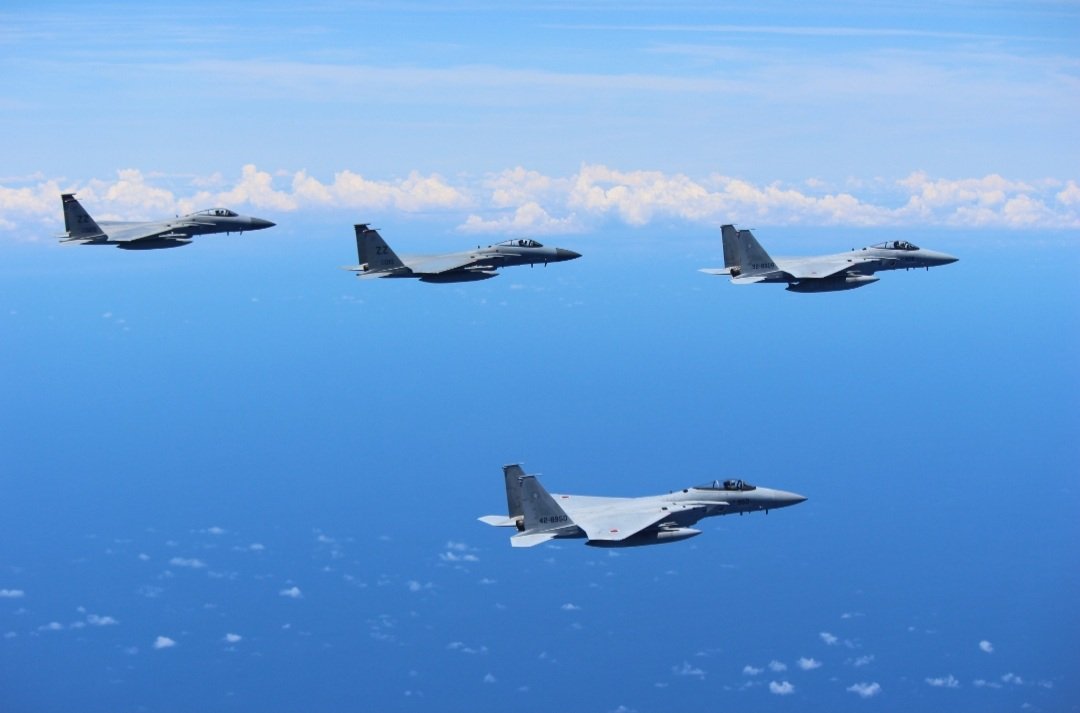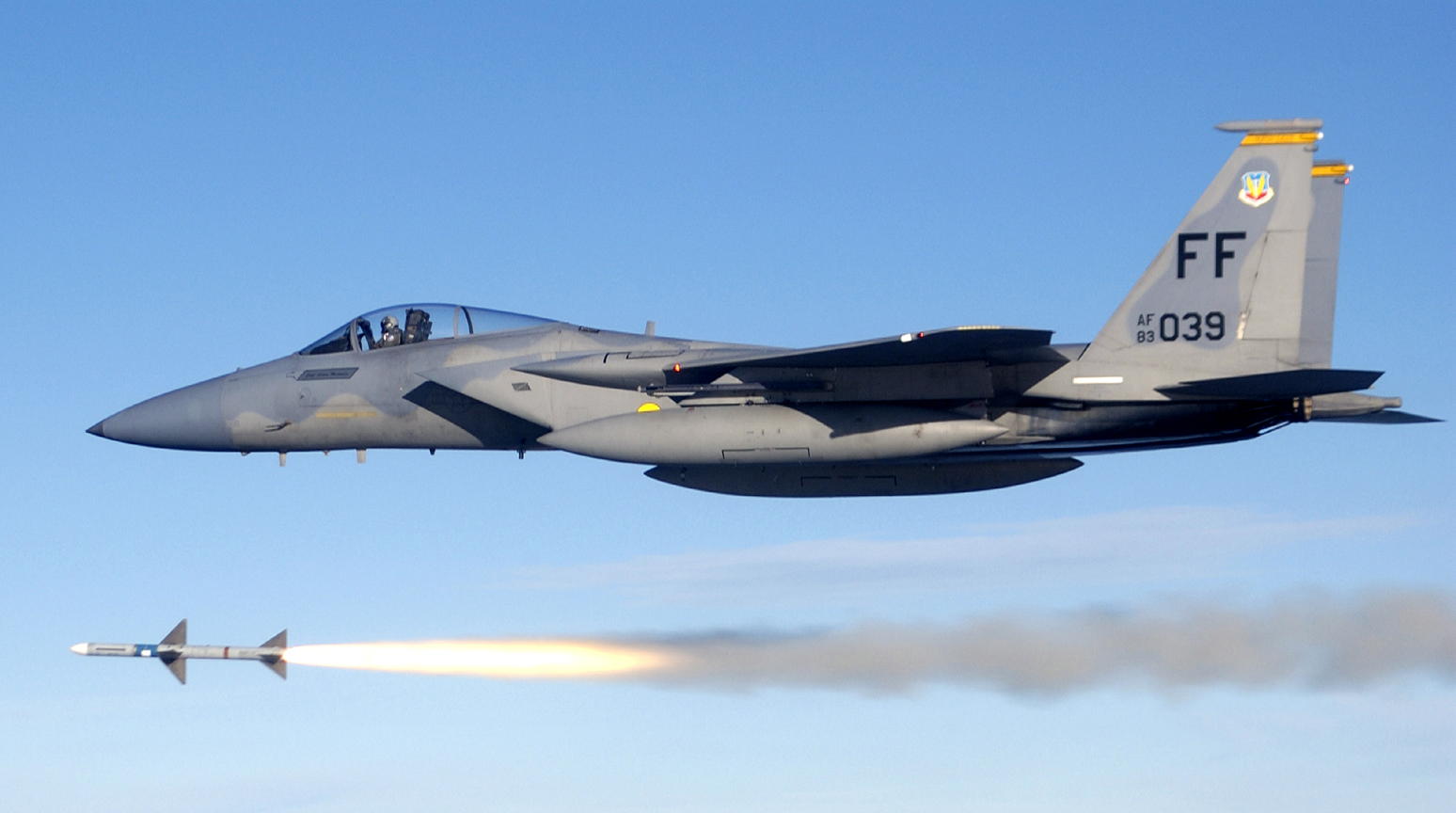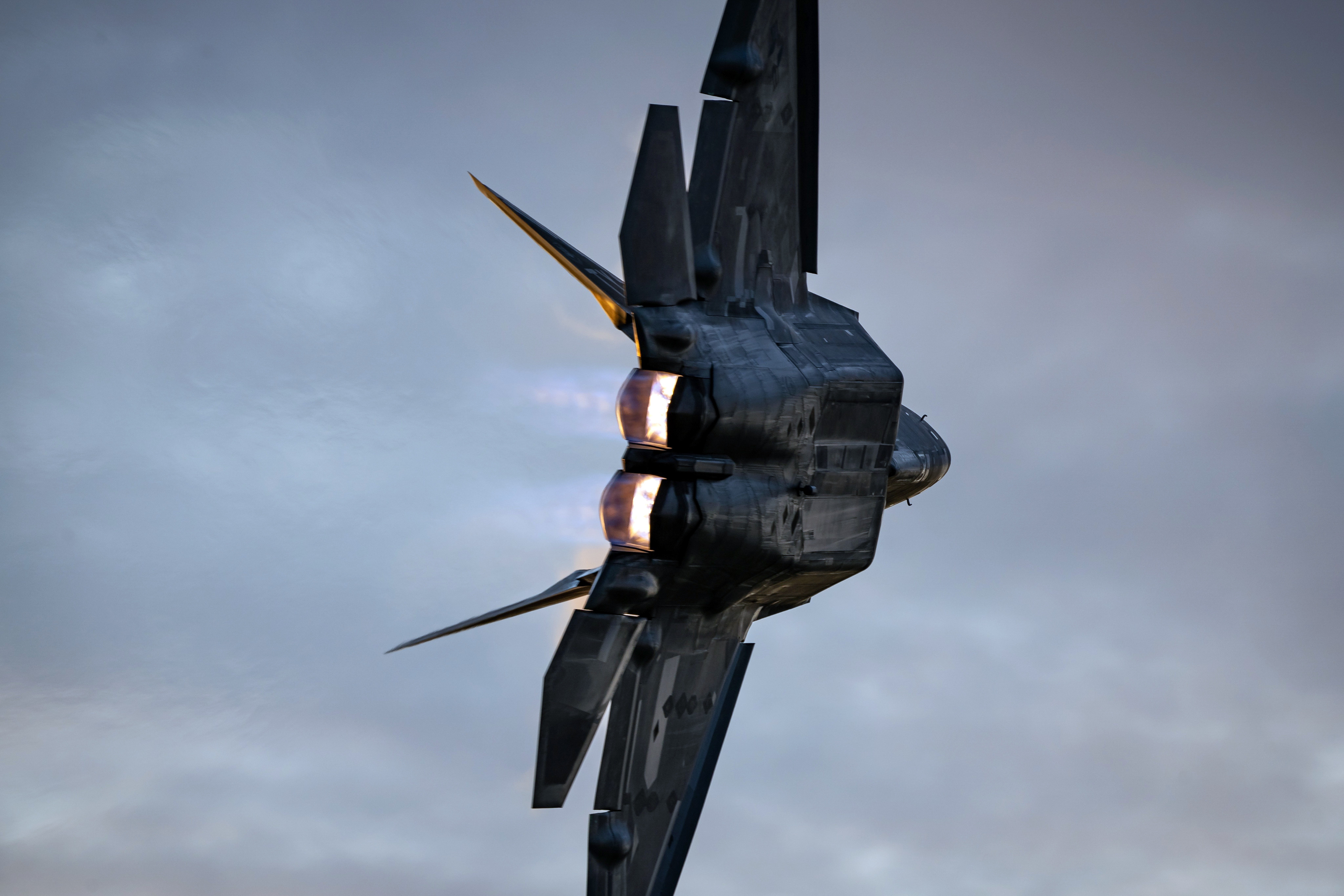The United States Air Force reportedly intends to withdraw its entire fleet of F-15 fighter jets based in Okinawa, Japan, by the end of next year. Analysts fear the move could encourage China to boost its presence in the region further.
The sole USAF F-15C/D Eagle units outside the United States are located at Kadena Air Base on the Japanese island of Okinawa. According to a report from Financial Times, the current permanent units will be replaced by rotational fighter detachments.
The US Air Force’s Eagles first landed at Kadena in September 1979, and the model has been continuously stationed there. According to six people familiar with the situation, the push aims to retire two squadrons of aging F-15 Eagles as part of a larger “modernization program.”
The decision could also be linked to proposals to reduce planned acquisitions of F-15EX Eagle II fighter jets from at least 144 to roughly 80. Even so, Gen Kenneth Wilsbach, commander of the Pacific Air Forces, had already designated Kadena as his top choice for the F-15EX recipient.
The two squadrons of F-15C/Ds that are currently flown out of the base, according to Wilsbach, might be replaced with the Eagle II.
At a March Mitchell Institute for Aerospace Studies event, Milsbach stated, “What we intend to use it for there, if we’re so fortunate to get that replacement, is air superiority and some long-range weapons capabilities that you can conduct on the F-15EX.”

Nonetheless, the chances of deploying the F-15EX to Kadena have decreased as the number of aircraft will likely be limited to 80.
Meanwhile, some Pentagon and Japanese government officials have expressed concern over the latest decision because the air force does not plan to replace them with a permanent presence anytime soon.
“The message to China is that the US is not serious about reversing the decline in its military forces,” David Deptula, former Vice Commander of Pacific Air Forces and a retired F-15 pilot, told the Financial Times. “This will encourage the Chinese to take more dramatic action,” he asserted.
Former Pentagon officer Christopher Johnstone, who now works for the CSIS think tank and focuses on Japan, said the transfer came at the wrong time. When attention focuses on Taiwan, “it sends a concerning signal to Tokyo about US commitment,” he said.
Separately, the main island of Honshu is home to Misawa Air Base, which also houses two squadrons of F-16s from the United States Air Force. But then again, the F-15 gives the USAF better long-range air superiority capabilities that the Viper cannot offer.
This capability is critical because Chinese military aircraft are becoming more active in the area surrounding Taiwan and flying farther away over the South China Sea and East China Sea.

Deployment Of Raptors
After the F-15s depart Kadena, the new strategy purportedly calls for six months to deploy an F-22 stealth fighter detachment. Elmendorf Air Force Base in Alaska, a part of the Pacific Air Forces, is where the Raptors would arrive.
Experts believe the F-22 is the logical choice to replace the F-15C/D in Okinawa as the Air Force’s premier air superiority fighter. However, the Air Force has a limited fleet of F-22s because its production line was shut down in 2012, and they are in high demand for routine deployments.
Amid heightened tensions with Russia over Ukraine, Alaskan F-22s are presently temporarily stationed in Poland. The capacity of Raptors to undertake both air-to-air and air-to-ground operations, according to the USAF, will dramatically boost warfighting power along the eastern flank, as this rotation strengthens NATO’s Air Shielding.

Additionally, only about half of the F-22s are typically fully mission capable at any given moment. This is made worse because only about 125 F-22s with combat codes are now in service.
Although it looks like “heel-to-toe” rotations, in which one fighter squadron arrives at Kadena as another departs, Deptula expressed his doubts about this in an interview with the Financial Times.
“They won’t have a heel-to-toe replacement. That’s why they’re doing a rotation. You could supplement by rotating F-22s to help plug that gap, but that [then] stresses that force,” Deptula said.
Even with all of this, it is unclear why the US will choose to evacuate fighter jets from Okinawa, considering China’s growing military activity in the region, particularly in the area bordering Taiwan, where it deploys many aircraft virtually every day.
- Contact the author at ashishmichel@gmail.com
- Follow EurAsian Times on Google News




